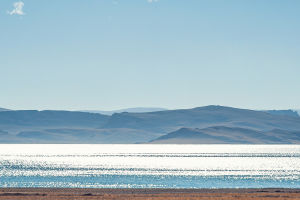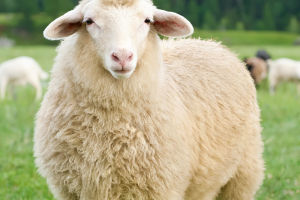Egrets are the most common migratory bird in Asia.
There are 13 species in the genus Egret, including the Great Egret, Middle Egret, Little Egret, and Yellow-billed Egret, all of which are white in plumage and are called "Egrets".
It inhabits coastal islands, coasts, bays, estuaries and rivers, lakes, ponds, streams, rice paddies and marshes near their coasts.
They can be seen alone, in pairs or in small integrated groups, and occasionally in large groups of dozens together. During the day, they tend to fly to streams, rivers, salt flats and rice paddies near the coast to move and feed.
Egrets have high plumage value, with mostly white plumage and long, decorative nuptial plumage during the breeding season. Habits are generally similar to those of other herons, but some species have courtship displays, including showing off their plumage.
They nest in large flocks and are defenseless, and as a result are endangered by indiscriminate human predation. They are wading birds, feeding on small fish in shallow water, amphibians, reptiles, mammals and crustaceans. They build large, messy nests in trees or shrubs, or on the ground.
Egrets mainly feed on a variety of small fish, but also eat animal foods such as shrimp, crabs, tadpoles and aquatic insects.
It usually strolls along the river, in the salt flats or in the paddy fields while pecking, and its long beak, long neck and long legs are very convenient for preying on animals in the water.
When feeding, it gently wades in the water and strolls forward, eyes constantly looking at the small animals moving in the water, and then suddenly pecks at the water with its long beak, pecking the food accurately into its mouth.
Sometimes it also often stands at the water's edge, waiting for an opportunity to feed on passing fish.
Egrets breed from May to July each year, nesting on islands near the coast and on rocks or between the branches of small trees on the overhanging rocks of the coast. Some people have found 14 nests on the top of a rocky outcrop of only about 20 square meters, and 11 nests on the top of an adjacent rocky outcrop of only 10 square meters, with a distance of only 14-76 cm between each nest.
The shape of the nest was shallow saucer-shaped, and the structure was relatively simple, mainly composed of dead grass stems and grass leaves. The nests are built on short trees, with the highest height from the ground not exceeding 1m. Some nests are also built between the grasses under the short trees.
Each clutch lays 2-4 eggs, which are ovoid in shape and light blue in color. The incubation period is 24-26 days.
Egrets are the world's rarest and most attractive seaside ornamental birds, and are an important indicator of a good or bad wetland environment.
We need to value the egrets and protect them well. Create a comfortable living environment for egrets, and start from you.


